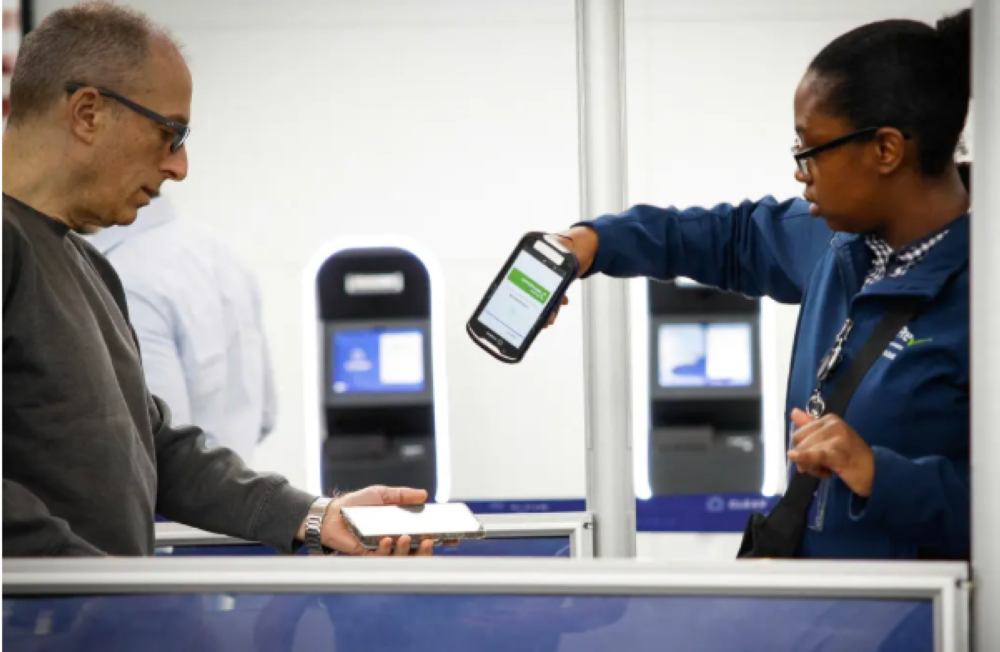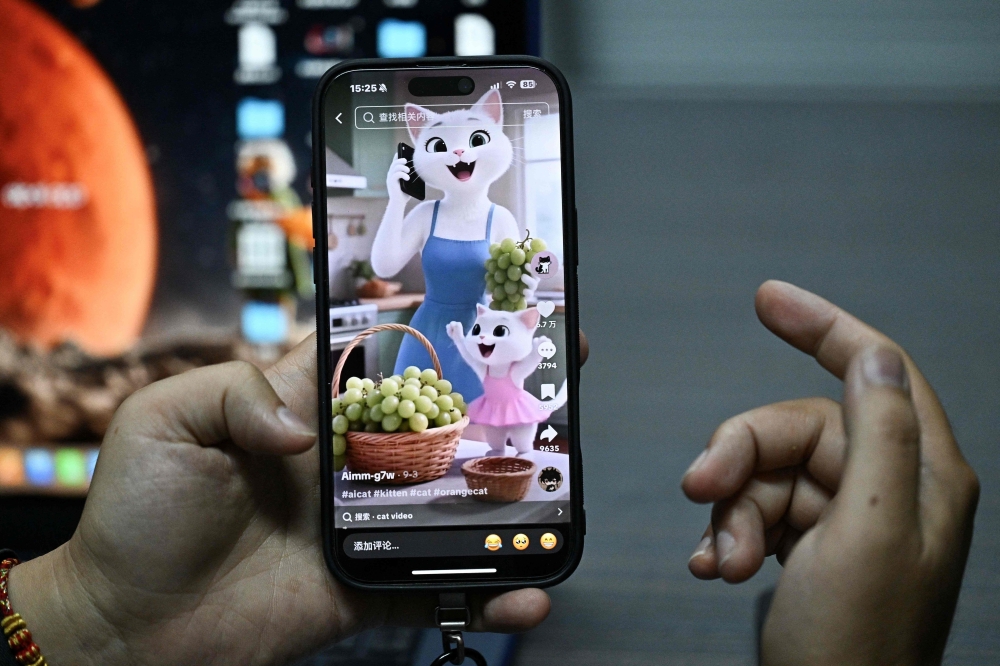What’s a digital passport in a phone wallet, and how does it work?

As Americans ready themselves for crowded airports and long security lines this holiday season, one new development is poised to change the Transportation Security Administration’s screening experience: digital passports.
On Wednesday, Apple announced that it was now possible to add passports to its phones’ Wallet app. This digital ID is an acceptable form of identification for domestic travel at 250 airports across the United States. (They are not acceptable for international travel, and travelers should still carry physical identification with them, as it could be requested if there is an issue with their digital passports.)
Apple joins Google, which introduced a digital passport for Android phones last year. Many states and Puerto Rico have also introduced versions of digital driver’s licenses.
Here is what you need to know about the current state of digital identification for travel.
How do digital passports work?
Last year, Google announced that U.S. passports could now be added to Google Wallet on Android phones. This week, Apple followed suit, enabling Apple Wallet to store a digitized passport.
For Google, the process entails scanning the security chip on the back of your passport and taking a selfie video to verify your identity. The passport is then ready to use within minutes.
On Apple devices, users scan the photo page of their physical passport as well as the security chip and then snap a selfie. Users will then be prompted to make a variety of head movements. Once verified, the passport is ready to use.
What about digitized driver’s licenses?
Digital passports are just the latest form of identification that can be added to your smartphone. Some states are embracing digital driver’s licenses, including those states that, instead of making them available on phone “wallets,” are opting for their own apps.
Twelve states — Arizona, California, Colorado, Georgia, Hawaii, Iowa, Maryland, Montana, New Mexico, North Dakota, Ohio and West Virginia — as well as Puerto Rico allow digital versions of their driver’s licenses in the Apple Wallet app. At least eight of those states also make their driver’s licenses available on Google Wallet, and a smaller number — Arizona, Colorado, Georgia, Iowa, Maryland and West Virginia — also make their IDs available on the Samsung Wallet.
Other states have chosen a more cautious route, creating phone apps for digital state identification. Arkansas, Louisiana, New York, Utah and Virginia have all created their own apps. West Virginia offers its driver’s licenses on an app while also allowing them in digital wallets.
What do digital passports mean for Real ID?
U.S. passports are automatically considered Real IDs, as are their digital versions on both Apple and Google wallet apps.
Whether or not your digital driver’s license works as a Real ID depends on your state and whether it has applied for digital IDs to be acceptable for federal use. Again, if you plan to travel with a digital driver’s license or digital passport, make sure you have a physical Real ID or passport on hand as backup.
Are there privacy concerns?
While these innovations can help make travel more seamless, some privacy experts have raised concerns.
Jay Stanley, a senior policy analyst at the American Civil Liberties Union and a technology-related privacy expert, said that while the developments were framed as more convenient than physical ID documents, he’s concerned that a digital identity can more easily be tracked online. Current privacy standards are inadequate to meet these new technologies, he said, and he worries that people are set to face an “explosion of identity demands,” such as websites requiring you to scan an ID to gain access instead of simply inputting your birthday, as is currently common.
When it comes to travel, Stanley said that many privacy advocates feel that they have “lost the battle” when it comes to protecting the identities of those who fly, with increased security measures, including biometrics for tracking passengers. But for forms of travel that did not previously require identification, such as many modes of train and bus travel, Stanley worried that digitized ID would create more demand for showing identification.
Digital identity documents, he said, “really could become tantamount to a virtual ankle monitor for everybody.”
This article originally appeared in The New York Times.



